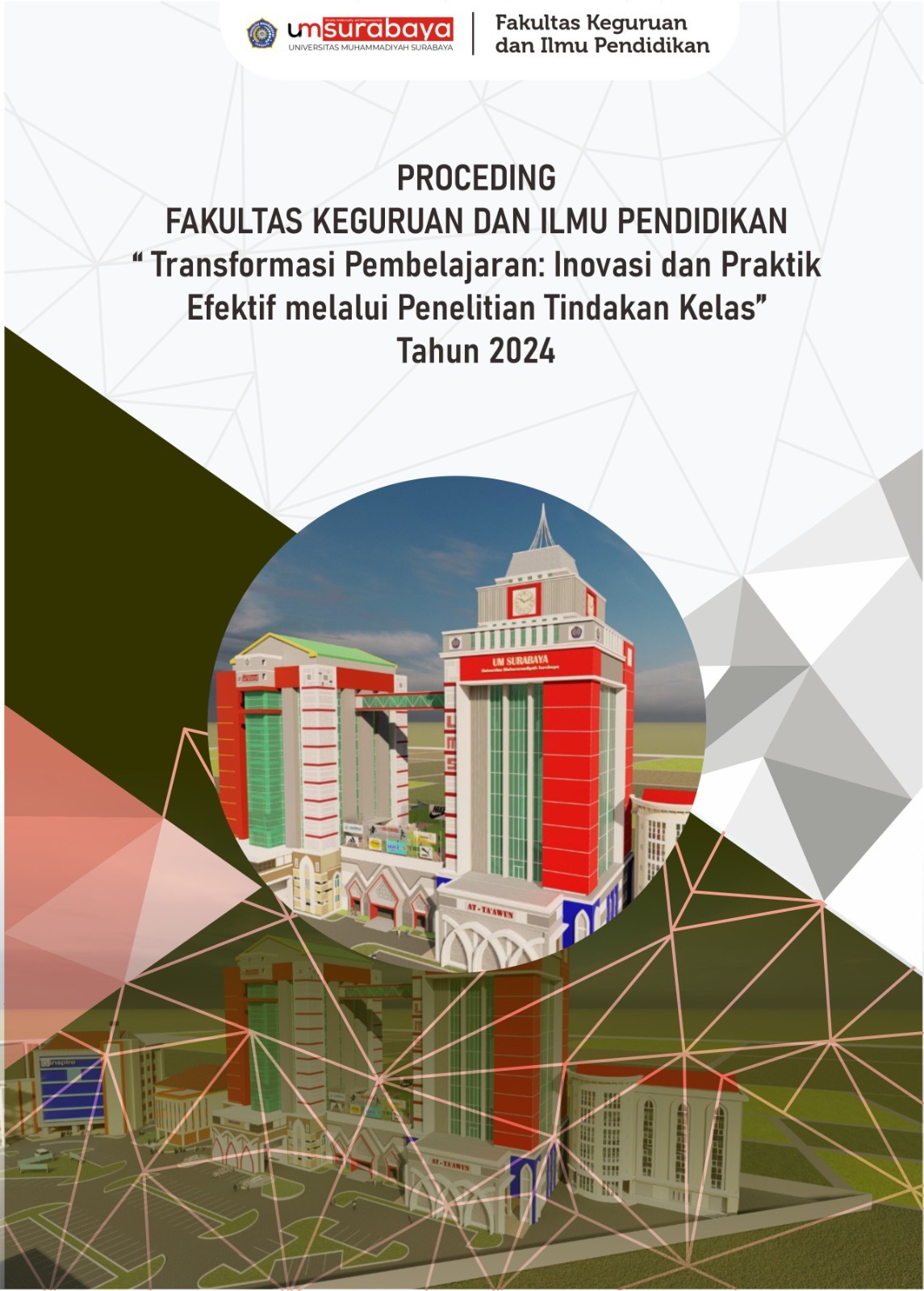PENERAPAN PEMBELAJARAN KONTEKSTUAL SEBAGAI UPAYA MENINGKATKAN HASIL BELAJAR MATEMATIKA KONSEP PEMBAGIAN PADA PESERTA DIDIK KELAS 3A SD VITA SURABAYA
DOI:
https://doi.org/10.30651/pc.v2i1.25453Kata Kunci:
Learner understanding, division calculation operation, contextual approach.Abstrak
This Classroom Action Research aims to improve the ability to understand the concept of division arithmetic operations of students in class III A SD VITA Surabaya using a contextual learning approach. This research was conducted in two cycles, namely Cycle I and Cycle II, each cycle consisting of the stages of planning, implementation, observation and reflection. The assessment instruments used in this study were formative tests and observation sheets related to learning motivation. The increase occurred from Cycle I to Cycle II, which was 16%. So it can be concluded that contextual learning is effective to improve the ability to understand the concept of division arithmetic operations in students of class III A SD VITA Surabaya.
Referensi
Depdiknas. 2002. Pendekatan Kontekstual (Contextual Teaching and Learning (CTL) ). Jakarta: Direktorat Pendidikan Lanjutan Pertama, Direktorat Jenderal Pendidikan Dasar Menengah.
Elliot, J. (1991).action research for educational change. McGraw-Hill Education (UK).
Imamuddin, M. , Isnaniah, I. , Putra, A. , & Rahmadila, R. (2019). Kemampuan Koneksi Matematika Peserta didik Dengan Pendekatan Kontekstual Di SMPN 1 Banuhampu. Al-Khwarizmi: Jurnal Pendidikan Matematika Dan Ilmu Pengetahuan Alam, 7 (1), 11–22. https://doi.org/10. 24256/jpmipa. v7i1. 560
Prahmana, R. C. I. , & Hartono, Y. (2012). Learning Multiplication Using Indonesian Traditional Game in Third Grade. Indonesian Mathematical Society Journal on Mathematics Education, 3 (2), 115-132.
Putra, S. (2013). Desain Belajar Mengajar Kreatif Berbasis Sains. Yogyakarta: DIVA Press
Yuniati, S. (2018). Implementasi Pendidikan Karakter Dalam Pembelajaran Matematika Melalui Pendekatan Kontekstual. Al Khwarizmi: Jurnal Pendidikan Matematika Dan Ilmu Pengetahuan Alam, 2 (1), 41–58. https://doi.org/10. 24256/jpmipa. v2i1. 101






